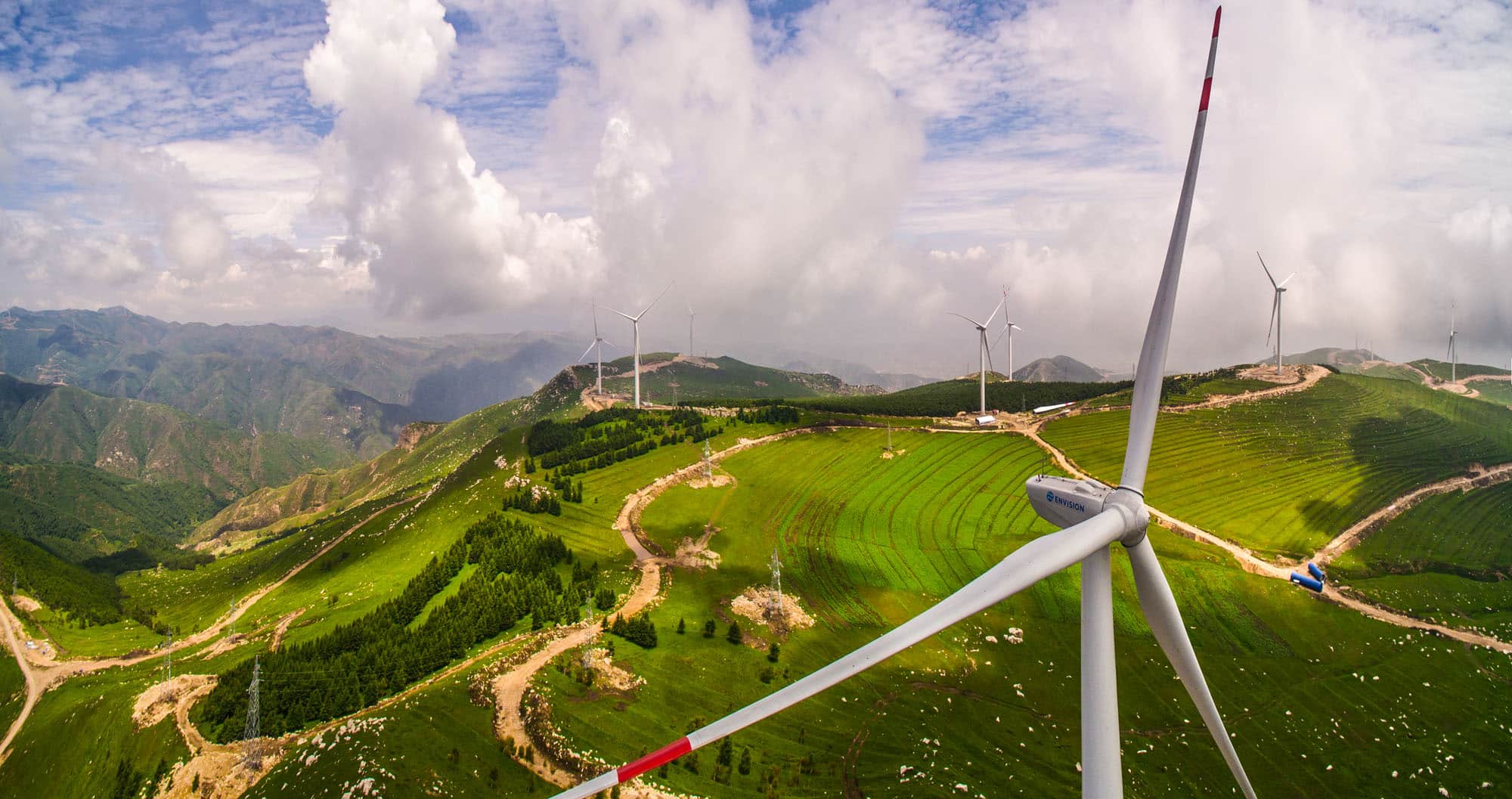 BBC News
BBC NewsBorrowing was £17.4bn last month, the second highest October figure since monthly records began in 1993.

Renewable Energy Investment, Dinesh Dhamija
The world is witnessing a dramatic surge in solar energy generation, driven by falling costs and a newfound enthusiasm for renewables in China. According to the International Energy Agency (IEA), clean energy investment is expected to double that of fossil fuels in 2024. “For every dollar going to fossil fuels today, almost two dollars are invested in clean energy,” says IEA executive director Fatih Birol. The figures are staggering: $1 trillion for fossil fuels compared to $2 trillion in clean energy, which includes renewables, nuclear power, electric vehicles, power grids, energy storage, low-emission fuels, and energy efficiency improvements.
Solar Energy Growth and the Renewable Energy Tipping Point
The cost of solar technology has plummeted by 30 percent over the past two years, leading to a rapid expansion of solar farms across China and the United States. In the first four months of 2024 alone, the US saw nearly 8GW of new solar capacity and an additional 1.8GW from wind energy. The Federal Energy Regulatory Commission reports that more than 99 percent of new US generating capacity during this period came from renewable sources. This impressive growth underscores the Renewable Energy Tipping Point, as the global energy market pivots towards cleaner and more sustainable options.
As renewable energy costs continue to decline, this trend is expected to accelerate. Despite efforts by the oil, gas, and coal industries to influence policymakers and argue for the continued use of hydrocarbons, the economics of power generation increasingly favor renewables. The question arises: why pay more for an energy source that harms both health and the environment?
Global Investment and the Future of Renewable Energy
Global investment in low-carbon electricity is forecasted to reach $900 billion in 2024, ten times higher than the investment in gas and coal power generation. In the United States, renewable energy capacity is projected to surpass natural gas by 2027. This shift will highlight whether countries are committed to outdated fossil fuel generation or are embracing more progressive energy policies that benefit their citizens.
This transition presents a curious challenge for politicians like Donald Trump, who have historically been anti-renewables. If Trump were to be re-elected in November, he would face a burgeoning boom in clean energy generation, potentially challenging his previous stances. The broader question remains: how will political leaders worldwide respond to this unstoppable trend?
The Irrepressible Shift Towards Renewable Energy
The IEA notes that investment in fossil fuels remains higher than desired, with oil and gas companies allocating just 4 percent of their investment budgets to clean energy, despite their claims of being part of the solution. The agency urges governments to adhere to its target of tripling renewable energy generation by 2030. This goal, while ambitious, is crucial for mitigating climate change and ensuring a sustainable future.
While more can always be done, the undeniable and accelerating flow of funds into renewable energy has indeed reached a tipping point. Soon, it will seem absurd to invest in anything else. This shift not only marks a significant economic change but also signals a broader societal transformation towards sustainability.
Dinesh Dhamija, who founded and sold the online travel agency ebookers.com before serving as a Member of the European Parliament, has since established the largest solar PV and hydrogen businesses in Romania. Dhamija’s career transition from travel to renewable energy underscores the potential for innovative leaders to drive significant change in emerging industries. His latest book, The Indian Century, is now available to buy on Amazon at The Indian Century.